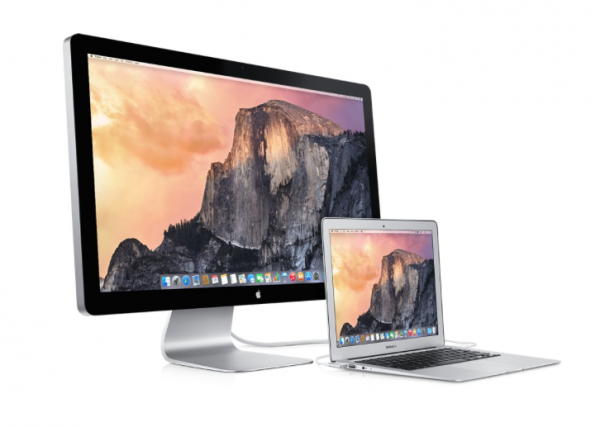
Even on the best computers there are some things you only do every once in a blue moon – at which point you’ve forgotten what you did last time to make it work. Setting up a second display with your MacBook is such a case. Here’s what worked for me when I installed my Thunderbolt Display last year. We’ve just added another one in our office – here’s to doing it again in the future.
When you plug that beautiful 27″ puppy into your MacBook Pro or Air it works without any trouble: the dock is at the bottom of both displays, and even the menu bar seems to follow you onto whichever monitor you click. Magic!
Apps however remember which monitor they were launched on last, and if you’ve never had a second display attached to your system then most of them will default to that little laptop screen instead of your new desktop centre piece. This is not an issue if you simply close the lid on your laptop because your graphics card only sees a single display.
If you do use both displays though, there is a way to tell your Mac which one to launch an app on by default. And here’s how to do that:
